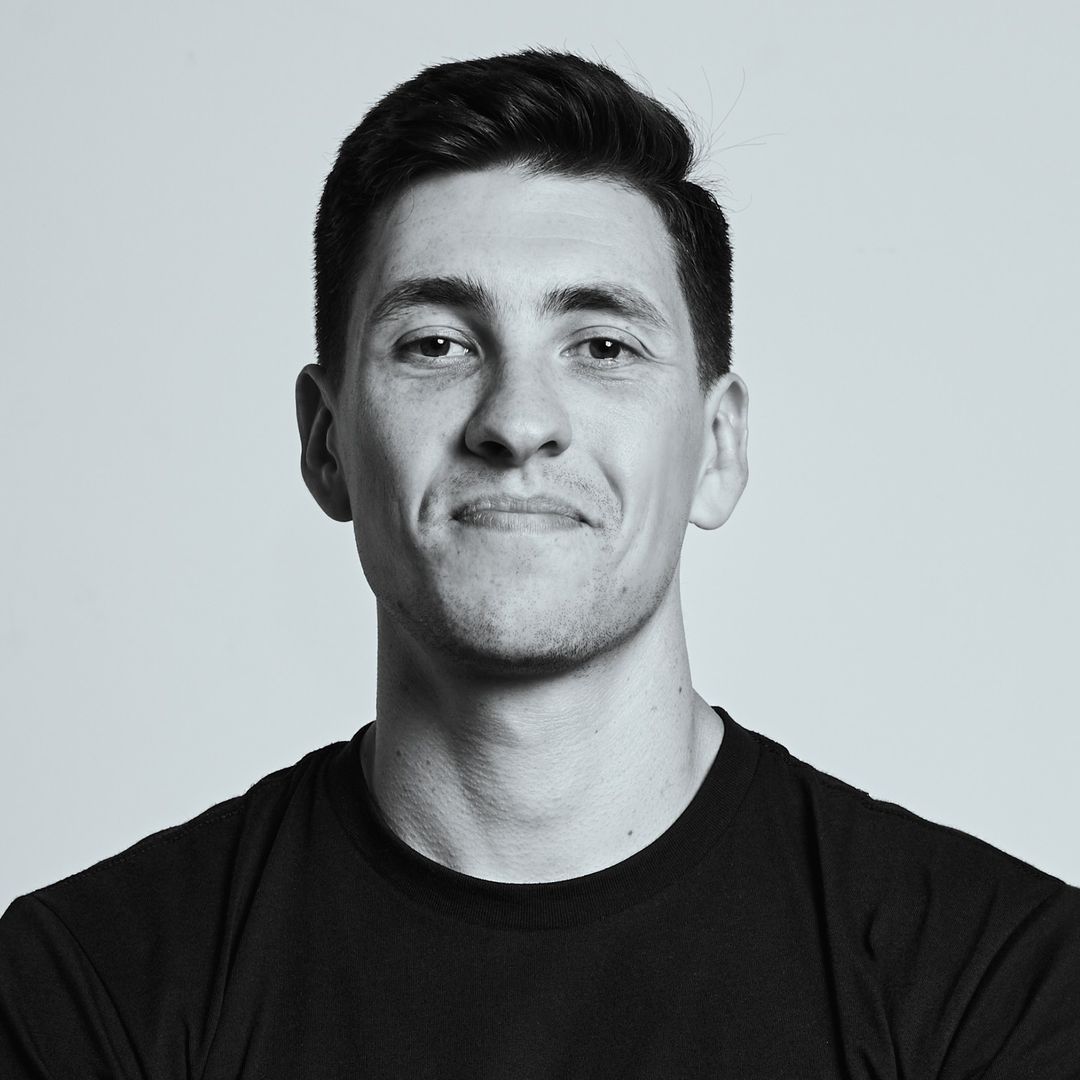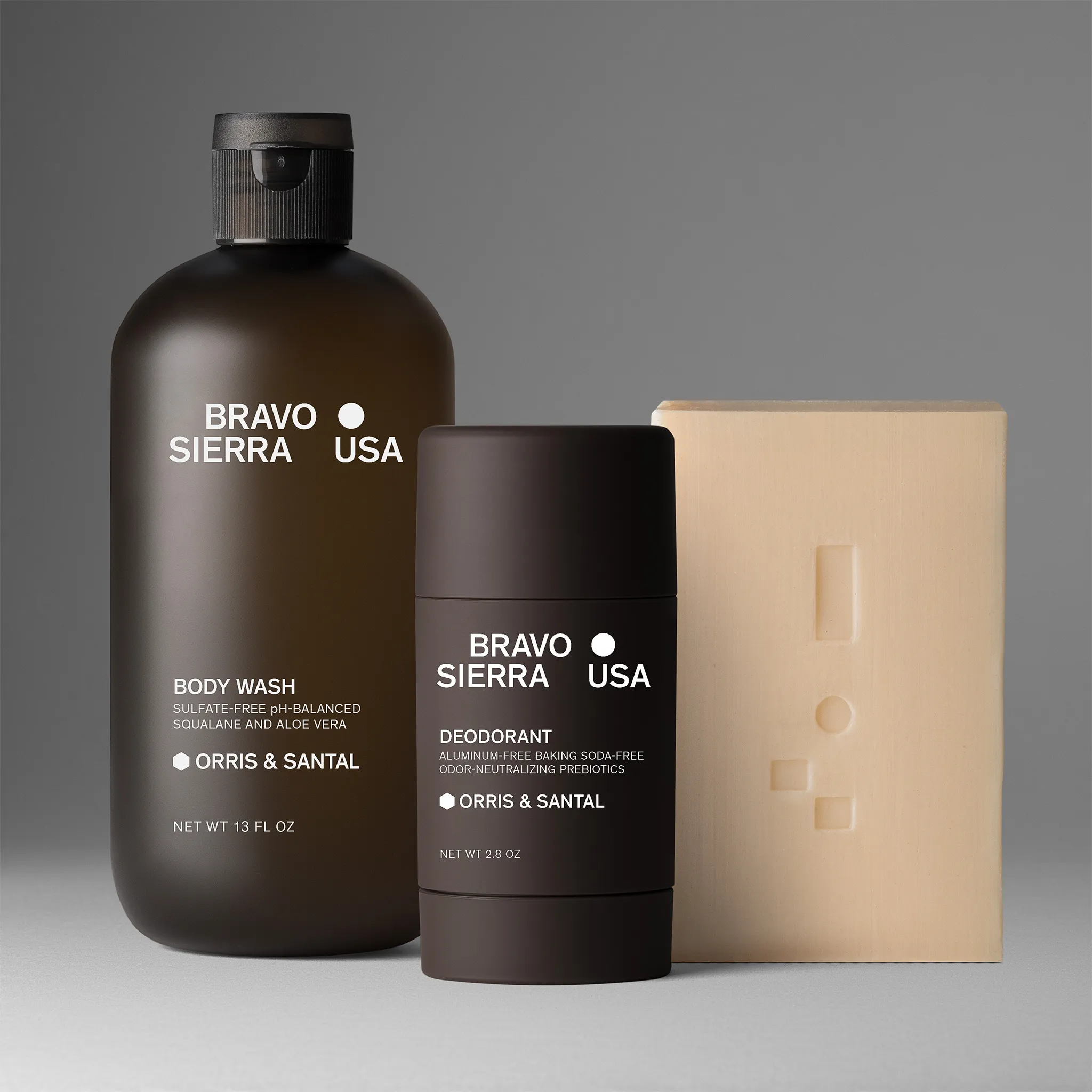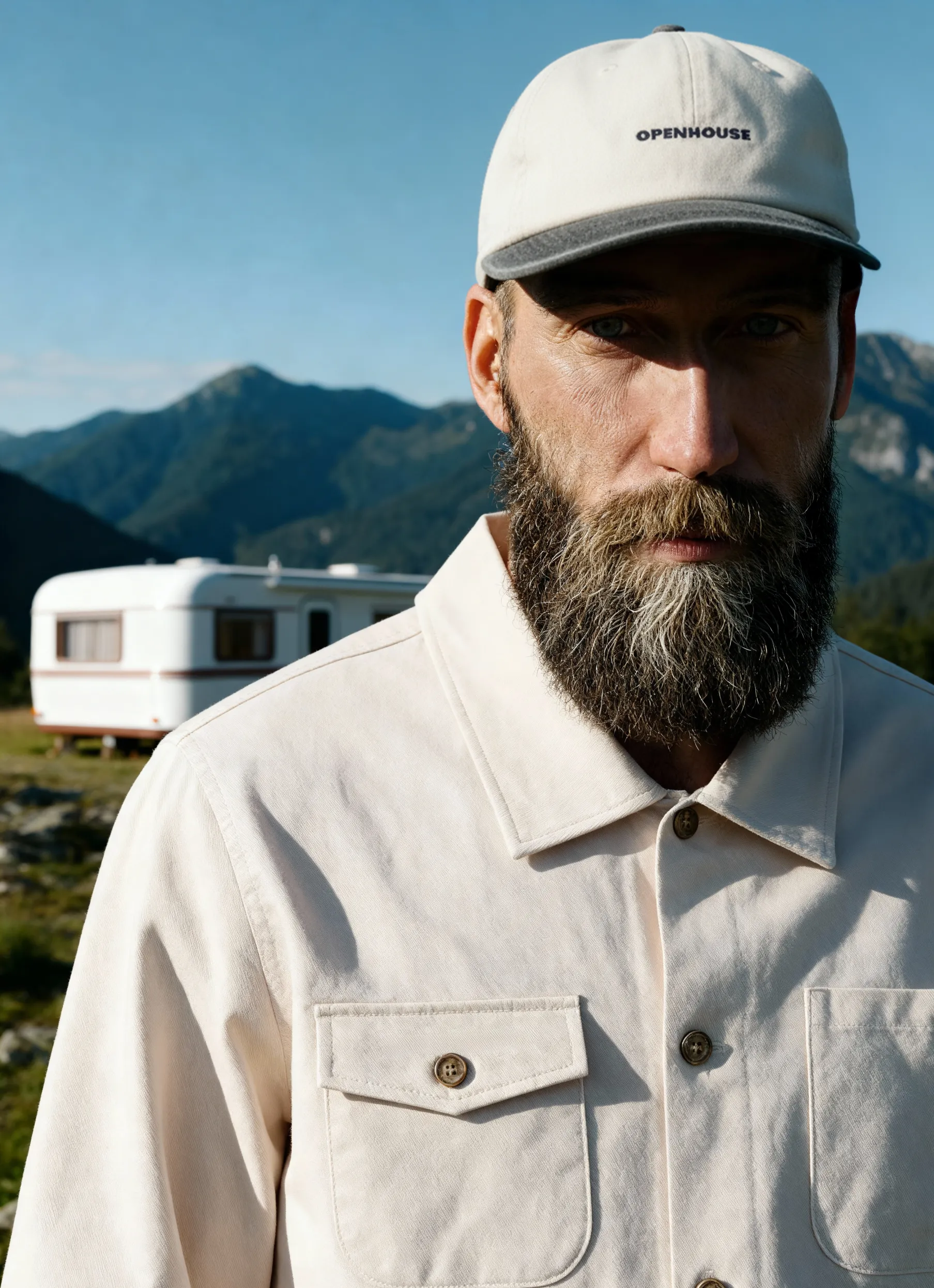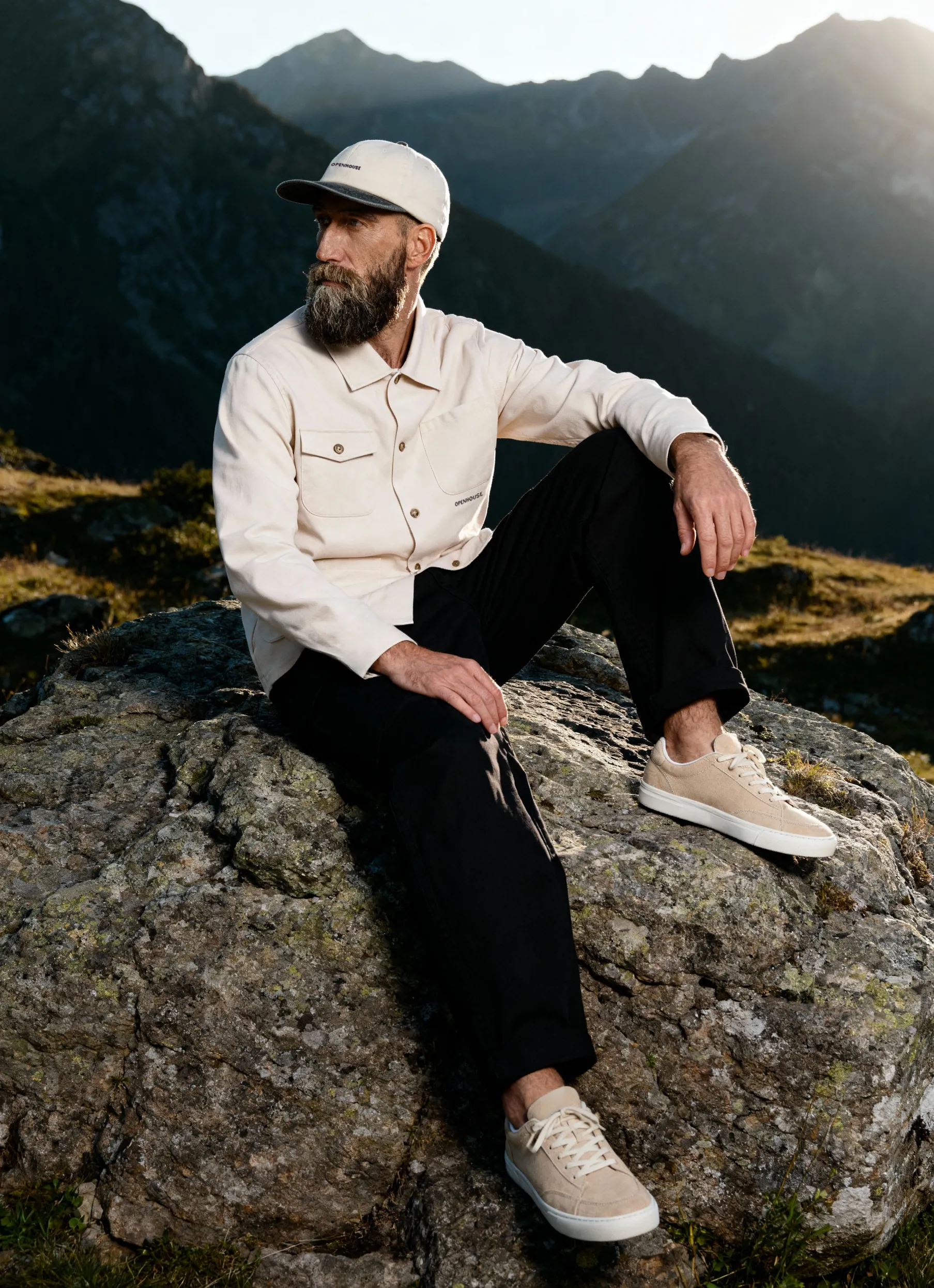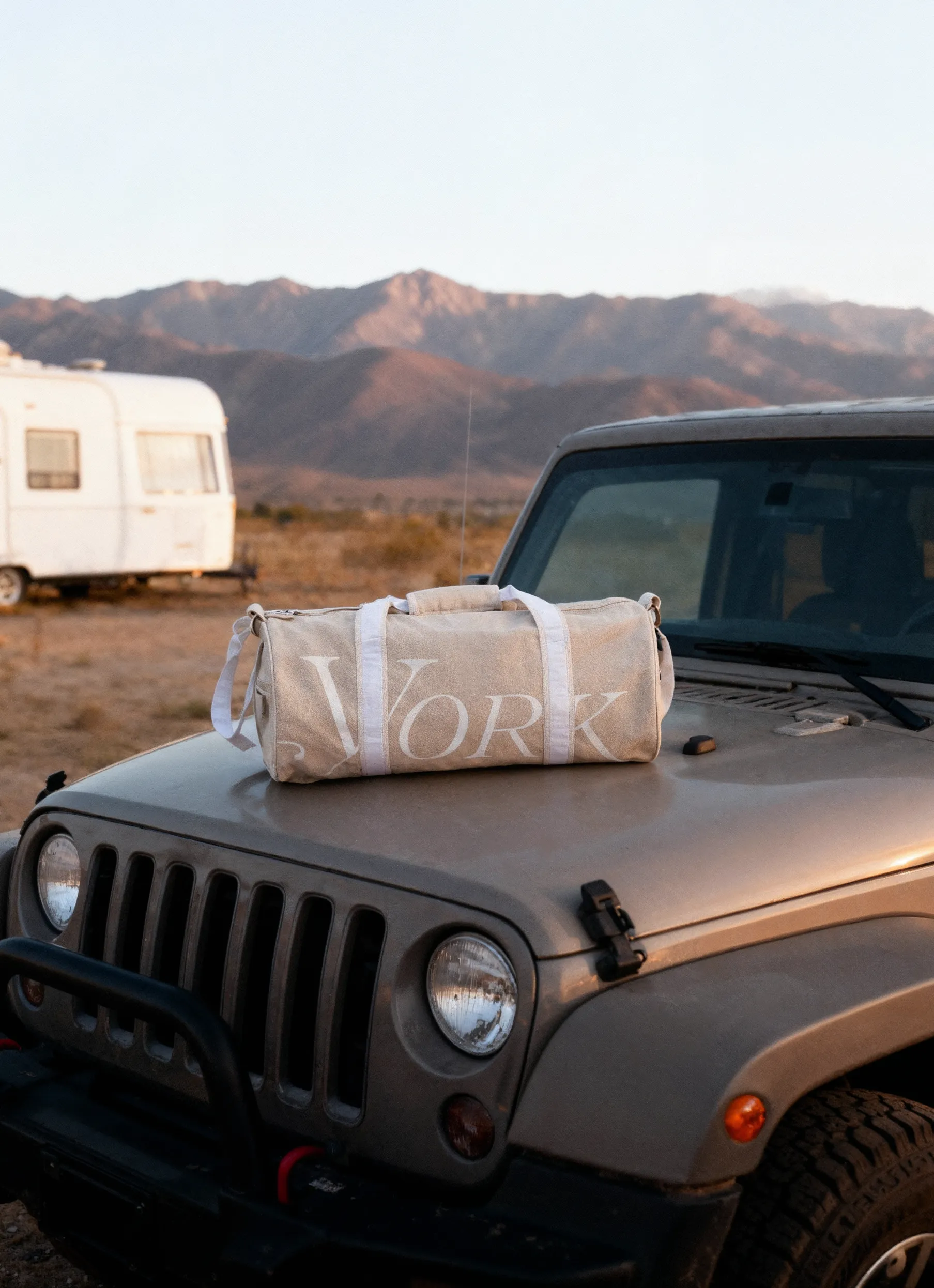Flat lay product images are a treat to the eye – customers’ eyes included – which have a direct connection to customers’ purchasing intent, as any savvy entrepreneur knows.
With over a decade of experience in ecommerce product photography, taking quality commercial imagery in New York and Los Angeles for over 2,500 brands, Squareshot is delighted to reveal some insider tips on how to make a great flat lay photography that sells.
What is Flat Lay Photography?
FLAT LAY PHOTOGRAPHY IS A TYPE OF COMMERCIAL PRODUCT PHOTOGRAPHY WHEREBY OBJECTS OF THE PHOTO SESSION ARE PLACED ON THE HORIZONTAL SURFACE, LIKE A TABLE OR A FLOOR, AND SHOT FROM ABOVE. THESE IMAGES ARE MOSTLY EXECUTED IN STUDIOS WITH PROFESSIONAL LIGHTING AND SPECIFIC FLAT LAY PHOTOGRAPHY SETUP.

This method is widely used in social media visual content plans, in the creation of food photography, jewelry, fashion, and cosmetics images.
All smaller objects are subject to this type of commercial photoshoot sooner or later.
When it comes to alternative methods of item positioning, professionals also distinguish the ghost mannequin, hanged/pinned, and on-model techniques. Let's quickly run through them, so that we can better understand the characteristics of the flat lay images.
Flat-Lay Photography That Sells: 10 Studio Tips from NY Pros
1. Camera & Tether Setup
Most of the professional product photography studios will operate a flat photography shoot when their camera is tethered to a computer so that they can see the images on a bigger screen right away.
A tether cord needs to have the respective connections that fit both your computer and your camera settings on opposite ends. There are software programs that enable this mode of shooting. For example, Lightroom has this feature for those who are not looking to master yet another software product.

Why shoot tethered?
- To have a better understanding of the quality of the image right away on a bigger screen, and introduce the required changes.
- To show the images to any people on the site with you – client model, colleagues, MUA, etc.
- To speed up processing and uploading.
But what's most important in this type of shooting is arranging the flat lay photography setup.
There are a few ways to approach this mission; the most common ones will include a sturdy, heavy-duty C stand with a sandbag for stability and a combo of a tripod and an arm like Manfrotto 131DB, which can also be stabilized with sandbags if needed. For a full list of professional photo equipment that we use, please see the paragraph below.
2. Lighting & Color Accuracy
You can use a natural light source or professional photo studio equipment. The main mission is to have your product well-lit so that every detail is available for inspection.
Well-lit objects will also require minimal photo editing in the post-editing stage, which can be expensive and time-consuming.
If you choose to shoot with natural light, these insights may help:
- Use chiffon or cloth taped to the window to soften the light on a sunny day.
- Use reflector cards to soften or minimize sharp shadows.
- If a professional softbox is available, placing it at an angle may produce a nice effect, whereby light is dispersed in a graduated manner.
.jpg)
If a client provides a reference image, try to set up your lighting to replicate that. Resulting exposition is vital when setting up flat-lay product photography lighting. To ensure the image is not overexposed or underexposed, it's good to make 2 test images.
The first image of the darkest item in the series needs to be taken with a color passport showing a grey card, and the second test image is for the lightest item with a color passport showing a spread with a color bar. This way, you may achieve better results at the very beginning, so there is no need to reshoot afterwards.
3. Essential Flat Lay Equipment
This is a good starter pack of equipment for professional flat lay product photography, but you can indeed find cheaper as well as more expensive alternatives, even available for beginners.

- Flat lay table ~ $500
- Godox DP400II Flash Head ~ $220
- Canon EOS Rebel T7i DSLR Camera with 18-55mm Lens and Accessory Kit ~ $600
- Vello EW-73D Dedicated Lens Hood ~ $10
- Canon ACK-E10 AC Adapter and DC Coupler Kit ~ $95
- Godox XProC TTL Wireless Flash Trigger ~ $70
- Impact Super Clamp with Ratchet Handle ~ $25
- Oben BA-126A Single Lever Ball Head ~ $104
- Impact ME-122P Single Background Holder Hooks for Super Clamps (2-Pack) ~ $16
- Impact Varidrive with Black Chain ~ $225
- Avenger E250 Long Double 5/8" Baby Pin ~ $11
- Belkin Thunderbolt 3 USB Type-C Male Cable ~ $34
- Savage Widetone Seamless Background Paper (#01 Super White, 86" x 36') ~ $68
4. Product Prep Tips
Just a kind reminder for all the talents just starting and doing your first DIY flat lay product photography clothing session: the speckless item means less time-consuming retouching.
If you are hiring a studio, in most cases, your items will be brought to a near-perfect state before shooting with a microfiber cloth, lint roller, or compressed gas duster. Needless to say, the clothes will be freshly-ironed and creaseless (if that's the look you are going for), while jewelry pieces will be handled in gloves to avoid fingerprints.
5. Choosing the Right Angle
When it comes to positioning your items for a shoot, whose results will be served on one of those big platforms like Amazon and Shopify, you need 3 to 5 angles on a white background to start with, and assortment can go up to 10 for premium items or one-product landing pages.
Below are the examples of the angles we recommend to our clients with images for better illustration:
- Front (full-sized)
- Back (full-sized)
- ¾ camera angle (accentuating a collar & brand tag)
- Shot of a detail or texture
.jpg)
If you choose to go for an angle other than 90 degrees, it’s good to double-check how your flat lay clothing photography setup aligns with the concept. What are you getting in terms of a flat lay background? Do you have some glaring or flash reflecting (with a diffuser) in a different way? Is the lighting OK, or do you need to adjust it for a 3/4th angled shot?
6. Symmetry Matters
When we work in our flat lay photography studios in New York and Los Angeles, we always pay extra attention to the positioning of all of the symmetrically designed objects. We can even use a ruler to ensure the distance from the right edge of the photographed garment is the same as the opposite distance on the left.
Also, a great example of symmetry is the rule of thirds. It is a compositional guideline in photography that involves dividing the image into nine equal parts by using two equally spaced horizontal lines and two equally spaced vertical lines. By placing the subject of the photograph along these lines or at their intersections, the composition becomes more balanced and visually appealing. This technique leads to more dynamic and interesting photos.
Not only do these points reduce post-production time, but they also provide the overall feeling of harmony and balance, the absence of which may subconsciously scare a perfectionist away without even realizing the reason for the urge to bounce.
7. Shadow Control
Flat lay e-commerce photography standards are somewhat strict on global marketplaces, but if you are shooting for a personal website, there can be different shadow requirements in the technical specification:
To ensure a drop shadow, go for side lighting. However, be mindful that in contrast to a top light, the side light will accentuate all creases and imperfections, giving them more volume and creating additional shadows. Alternatively, if you have a good retouching specialist/team, you may shoot your products with a top light and then add shadows digitally.
Often, we'll get requests for a creaseless styling and look of the items, but a hard shadow that's usually achieved with a side light. In such cases, we'll shoot two different images instead of one. The first one has a top light to create the desired look of the apparel. The second to create a realistic shadow. Once both images are ready, they will be combined to deliver on the creative preference.
8. Check Your Horizon
It’s the best practice in flat lay product photography to keep an object and a camera in a plane.
The other pro trick that helps to ensure a perfect shot is always to use a level to make sure the table for shooting and the camera are both 95% in a horizontal position. Naturally, if you have a tripod with a level, this is the best model for this type of job.
9. Technical Standards
These are some of the fundamental technical standards to keep in mind when shooting flat images for your e-commerce projects.
- The image needs to be in focus, sharp, and not blurred under 100% increase.
- The background behind an object is as white as it gets.
- The image is neither overexposed nor underexposed.
- The image takes over 80% of the frame.
- The shadow of the product is not cut off.
- If the product has shiny text or any other shiny parts, it should be visible.
10. Aesthetic Guidelines
As for the aesthetics, there can be quite a bit of creativity in the flat lay pictures, but if you are on a mission to create photography for e-commerce to cause visual interest, these are our recommendations to be aware of:
- Match the shooting angles to those specified in the client order form or reference images.
- Keep the proper perspective. Use the appropriate camera lens and focal distance from 35 to 90mm.
- Maintain the right composition of the frame and proper framing.
- Ensure the object is clean, free of dust, dirt, or marks.
- Avoid unnecessary reflections or saturation, such as those found in a photographer's or studio's environment.
- Reflect the actual color of the product in the image.
Once your flat lay is styled and captured, it’s time to polish it in post-production.
Retouching Steps That Make the Flat Lay Pop
Even the best-styled and well-lit flat lay needs a final polish to truly stand out. Post-production is where your images gain that clean, professional finish that sets them apart on a crowded e-commerce page. Here’s how we do it at Squareshot.
Color Correction
Adjust the white balance and tweak tones to ensure the background is neutral and product colors are accurate — essential for e-commerce where color misrepresentation can lead to returns.
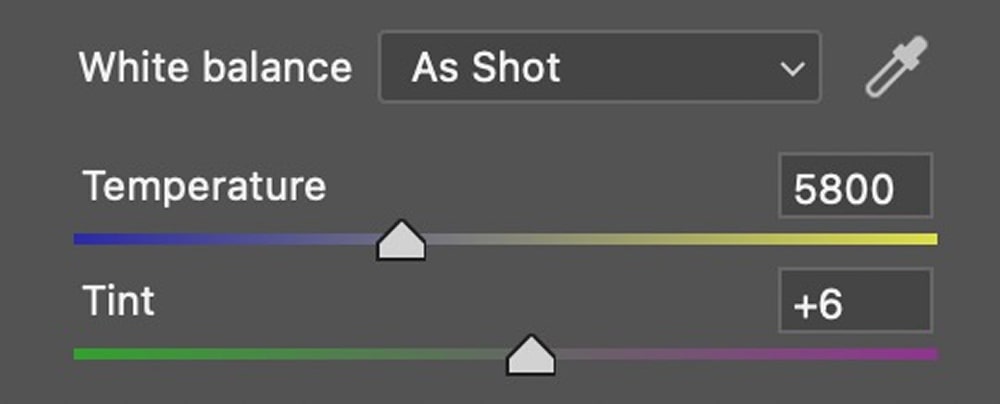
Dust & Scratch Removal
Even in a spotless studio, lint or tiny marks can sneak in. Zoom in and clean up the surface and product with spot healing or cloning tools.
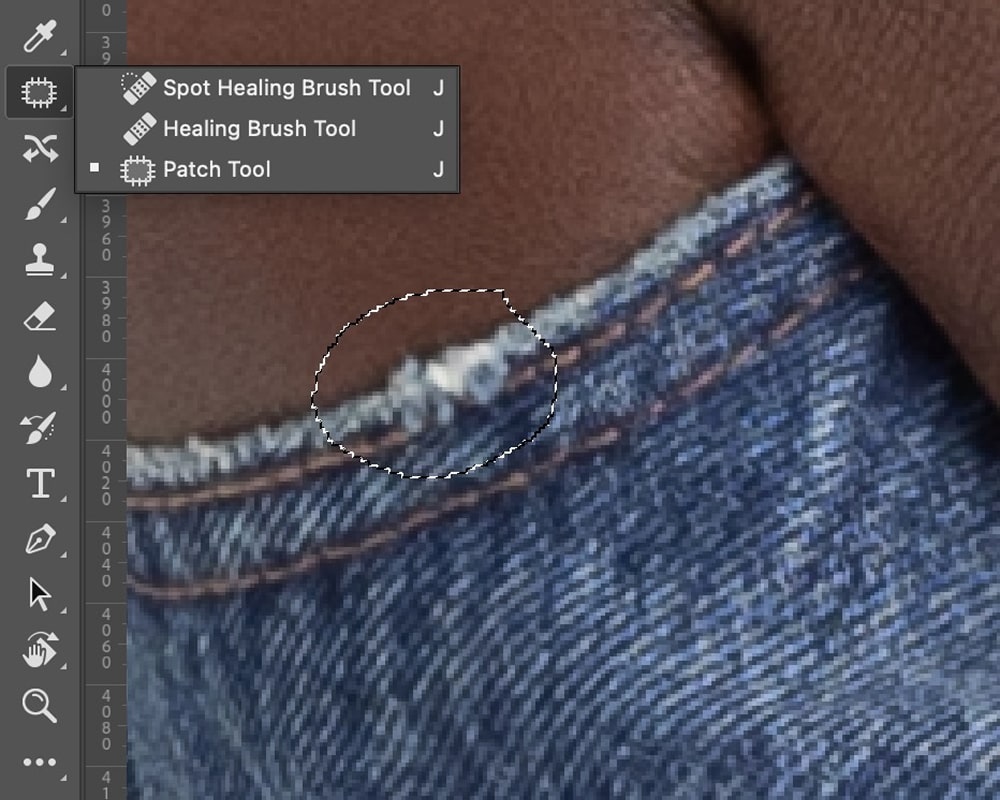
Shadow Control
Too harsh? Soften them. Too flat? Add a custom cast shadow to give the layout depth while keeping it consistent with the original light source.
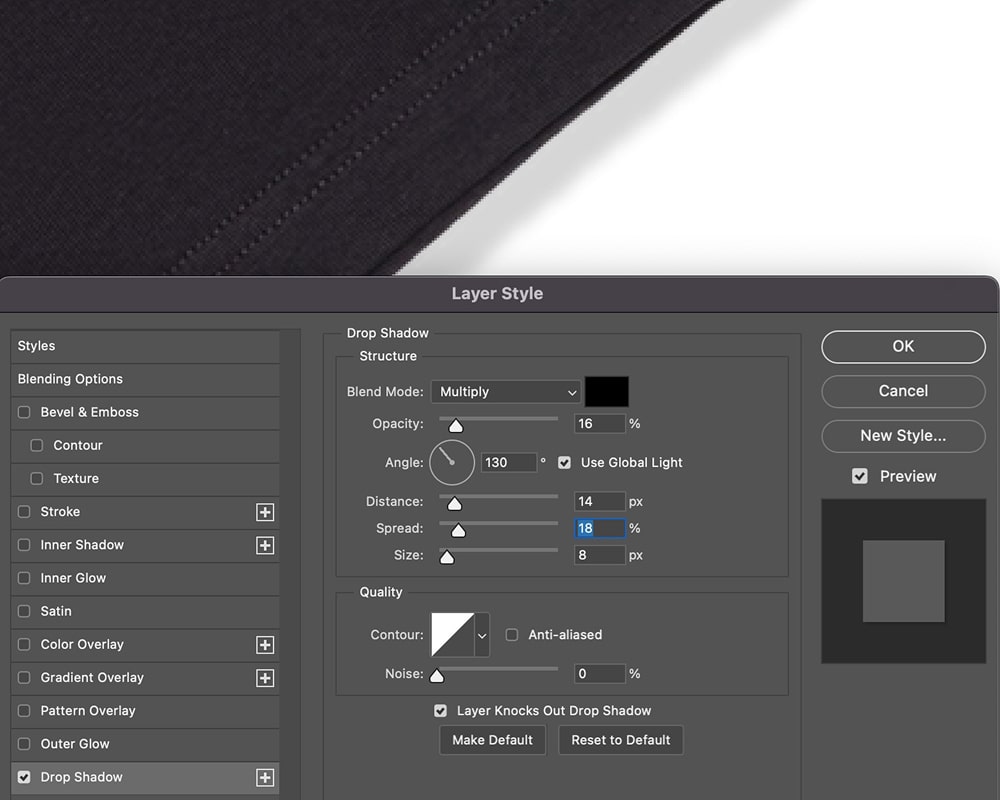
Composition Refinement
Straighten, crop, and nudge elements if needed to perfect alignment and symmetry—especially when working with grids, diagonals, or negative space.
When these steps are applied with care, the result is a crisp, clean, and conversion-ready flat lay that stands out on any platform.
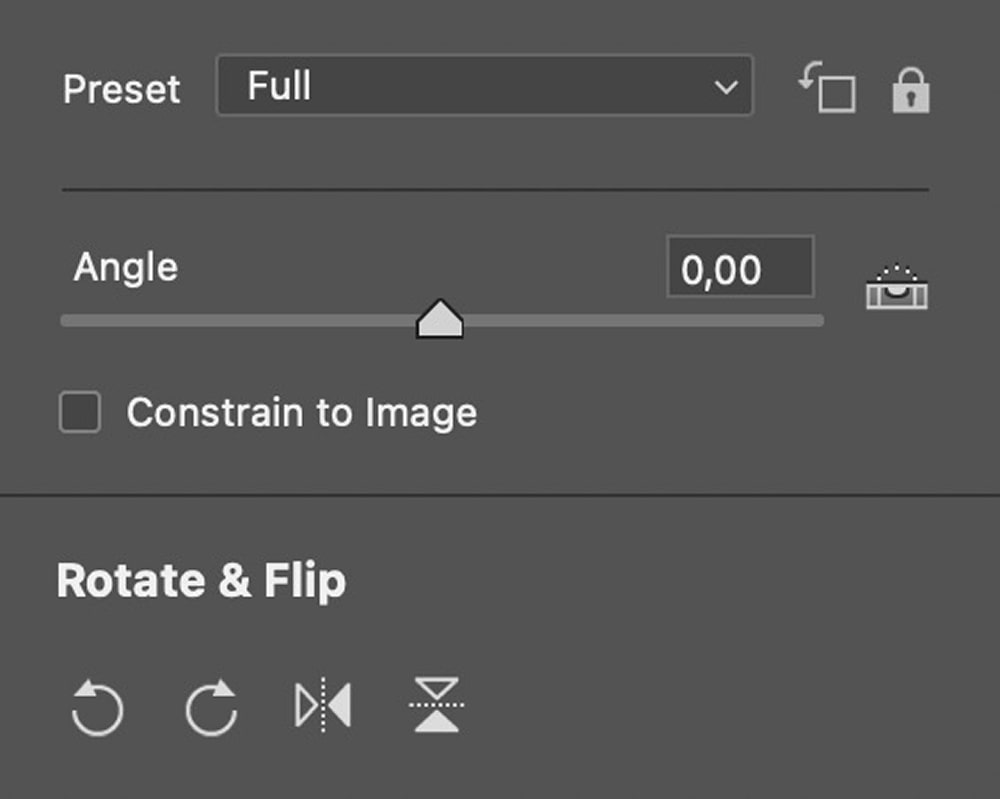
Flat Lay Photography Pricing
While clothing flatlay photos are no rocket science, the resulting images can make or break your sales.
If your small business and its sales have a few zeros to them, consider hiring a professional photo studio to perform such jobs. Not only may it cost you less at the end of the day, but the results are also likely to bring better sales and allow your team to focus on building out the brand.
When it comes to the rates for the flat lay photos, they range across the poster board and will depend on these factors, among many:
- Bulk vs single product shot
- Individual vs group shot
- Delivery & postage charges
- Location: country/state/city
- Level of professionalism & expertise
Squareshot has nearly a decade of experience shooting flat lays for brands such as Rhude, Whoop, Knickerbocker, and many more. Our ecommerce photography pricing starts $50 per image, with additional memberships available to make creating product shots from your brand even more cost-effective.
Key Takeaways
To help you create standout flat lay images that drive sales, keep these essential shoot tips in mind throughout your photography process.
- Plan your flat lay carefully by using symmetry, composition rules, and client references to guide your setup
- Use proper lighting with soft, even light or professional studio setups to reveal product details and reduce editing time
- Choose the right equipment, such as a sturdy flat lay table, quality camera, and stable tripod for better results
- Prepare your products so they are clean and wrinkle-free to save time in post-production and look more appealing
- Shoot multiple angles, including front, back, and detail shots, to provide versatility on ecommerce platforms
- Mind technical standards by keeping images sharp, well-exposed, and backgrounds pure white for consistency
- Control shadows and reflections to avoid unwanted glare, and use shadows creatively to add depth
- Post-production matters because retouching steps like color correction, dust removal, edge cleanup, shadow adjustment, and composition refinement turn good shots into great ones
- Invest wisely in professional photography to save time, enhance brand image, and boost sales
- Consistency builds trust as accurate colors and clean visuals help customers make confident purchase decisions
Flat Lay FAQs: Everything You Wanted to Ask
What is flat lay photography used for?
Flat lay is widely used in e-commerce and social media to showcase clothing, jewelry, cosmetics, and accessories from a bird’s-eye view. It’s an effective way to highlight details and create clean, conversion-ready visuals.
Is flat lay photography good for clothing?
Yes, especially for small to medium-sized garments like shirts, sweaters, and accessories. For larger items like coats or gowns, brands often combine flat lays with ghost mannequin or on-model shots for better shape and fit.
How do I make flat lay photos look professional?
Prepare clean, wrinkle-free products, arrange them with symmetry, and use consistent lighting. Product photography studios like Squareshot also refine every image in post-production — correcting colors, adjusting shadows, and polishing composition for sales-driven results.
Should I shoot flat lays with natural light or studio light?
Natural light can look soft and organic, but it limits consistency. Studio lighting ensures accuracy, repeatability, and professional polish — which is why Squareshot uses controlled setups for brand catalogs.
How much does flat lay photography cost?
Rates vary by volume and styling. At Squareshot, pricing starts at $50 per image, with membership options for brands that need ongoing content. Professional photos are an investment that often pays off in higher sales and fewer returns.
If you need flat lay photography clothing services but don’t feel like experimenting with all the lighting, camera settings, equipment, and styling – delegate it, so none of the aspects are compromised and your designs are well-represented.
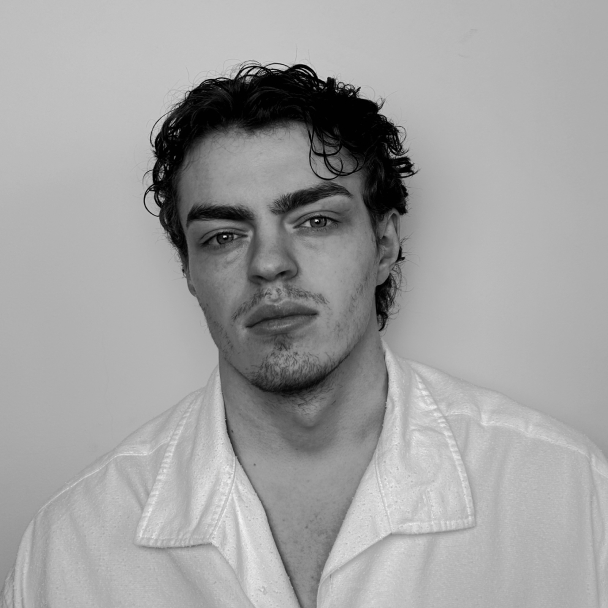
Product A
SQUARE SHOT





